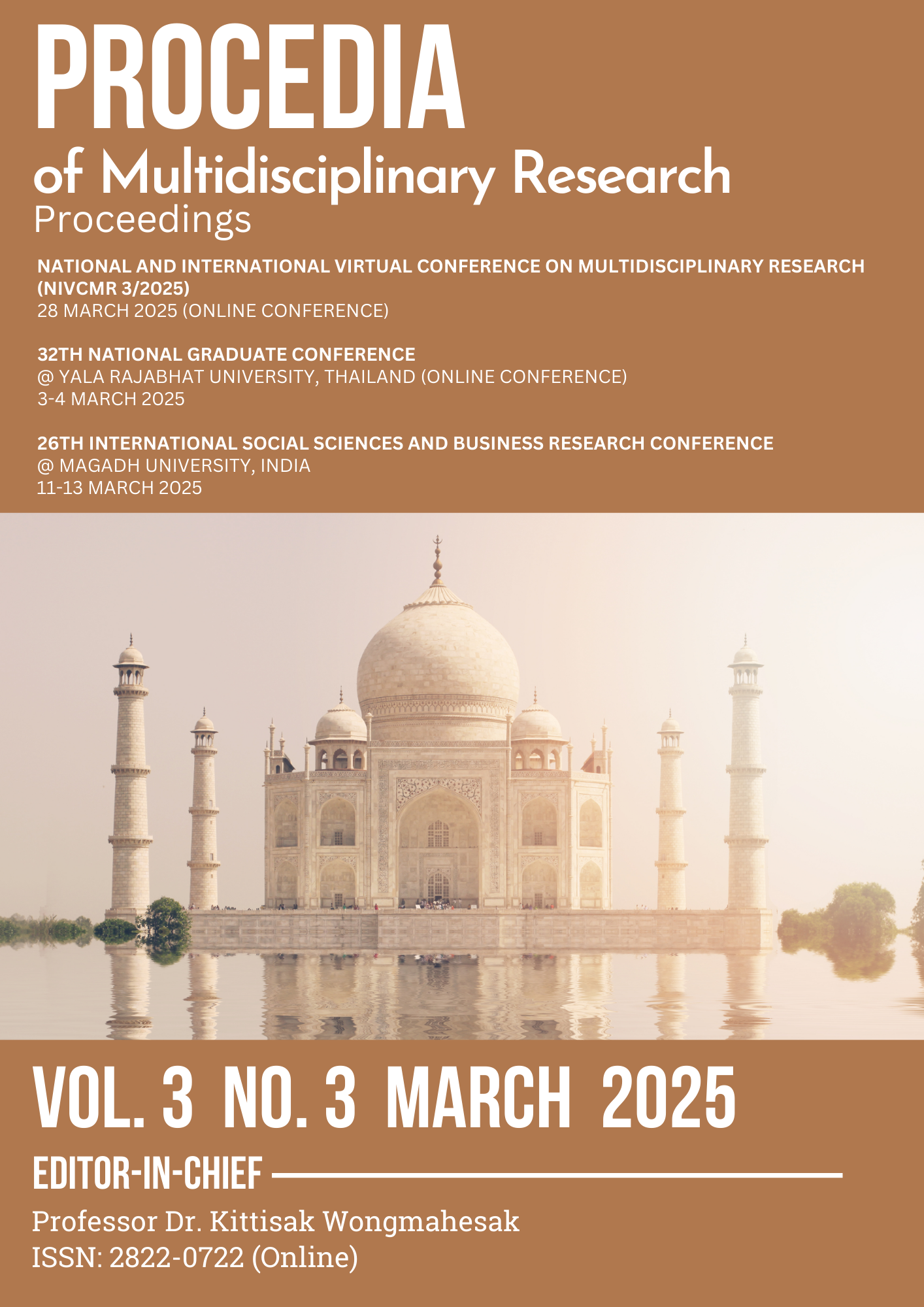ANALYSIS OF THE CULTURAL VALUE OF GENERAL RURAL RESIDENTIAL COURTYARD SPACE LAYOUT IN ZHUMADIAN
Abstract
With the development of modernization, the courtyard space of rural houses is facing the conflict and challenge between traditional culture and modern lifestyle. The purpose of this study is to explore the cultural value of the spatial layout of rural residential courtyards in Zhumadian area, and to analyze its importance in historical evolution, social structure and cultural identity. Through field research and literature analysis, this study first reviews the development history of rural dwellings in Zhumadian area, and reveals the types and morphological characteristics of courtyard space. Secondly, the study explores how the spatial layout of the courtyard reflects the local culture, beliefs and lifestyles, and emphasizes its role in shaping the cultural identity and sense of belonging of the villagers. Finally, based on the theory of cultural memory, this paper puts forward suggestions for the inheritance and renovation design of rural residential courtyard space, in order to meet the needs of modern life while preserving and strengthening the cultural memory of the region. The results show that the rational layout and design of courtyard space can effectively promote rural revitalization and cultural inheritance, enhance community cohesion, and improve the quality of life of villagers.
Downloads
Published
Issue
Section
License

This work is licensed under a Creative Commons Attribution-NonCommercial-NoDerivatives 4.0 International License.







.png)


